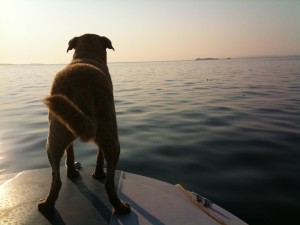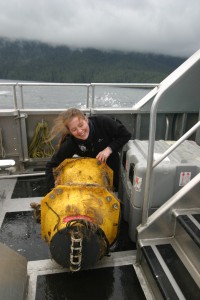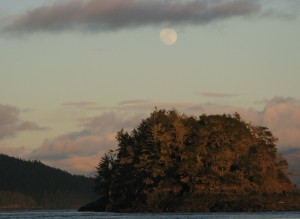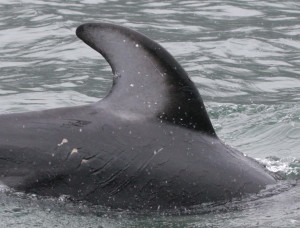
This is the time of year we’re supposed to be packing up our academic lives, and heading into the field for our whale & dolphin work. We like it. Our dog, Wishart, loves it. Our Scottish adventure ends 6 months from now, and while we’ll be sad to see this chapter end, we’re excited for Wishart to get back to work spotting dolphins in BC. Actually, we need to do some research on our dog, because we’re not sure if he sees, smells or hears the dolphins, but he manages to detect them long before we do. And he catches small, cryptic groups of dolphins {“ghost dolphins”} that try to sneak by our boat. Wishart has one, well, let’s be kind and call it a bark, to let us know that there are dolphins around. It’s closer to throat singing than a bark, but it’s our cue that we missed something and need to pay closer attention. Interestingly, he never makes this sound around humpback or killer whales, minke whales, Dall’s porpoise… He never gets all that excited about any of the species Rob studies. But show him the dolphin species that Erin studies, and he comes alive. It’s as though everything is right with the universe and he’s found exactly the task he was born to do.
We hope you get on the water this summer, and that you see all the whales & dolphins we’re missing as we spend a few more months crunching numbers and writing about what we’ve learned in the field over the last few years. If you happen to see any dolphins, please don’t tell Wishart.






